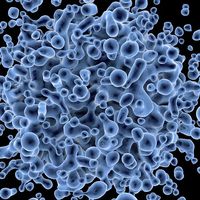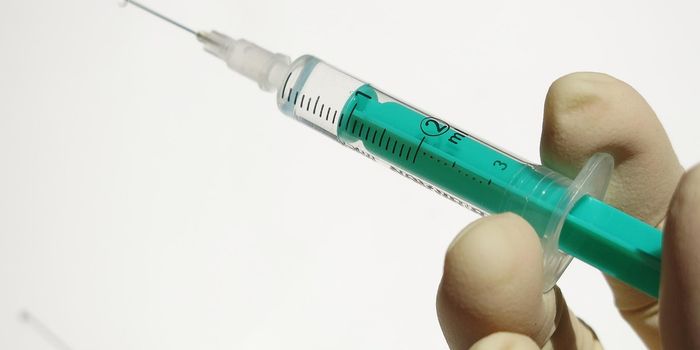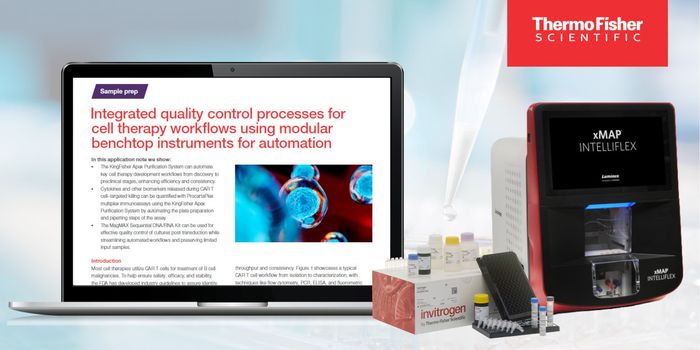Liquid Metal Nanoparticles Used in Photoimmunotherapy
Liquid metals are a new type of material with unique properties. Pure gallium (Ga) and Ga-based alloys are one type of liquid metal used for immunotherapy in cancer treatment. The liquid metal nanoparticles help transition light energy into heat energy which kills the cancer cells.
Phototherapy or light therapy is a type of treatment used for cancer in hard-to-reach areas or sensitive areas, such as head and neck cancer. Phototherapy is used because it can kill cancer cells and reduce exposure to other healthy cells. Interestingly, skin is exposed to ultraviolet (UV) light, which kills the cancerous cells. In liquid metal-based phototherapy, the conversion of light energy to heat energy is stimulated by the liquid metal. Liquid metal-based phototherapy has been found to be superior compared to generic phototherapy because it is highly specific, can be repeated, and has minimal adverse effects.
A new study in Advanced Functional Materials led by Dr. Eijiro Miyako from the Japan Advanced Institute of Science and Technology (JAIST) demonstrated gallium-based nanoparticles which combine phototherapy with immunotherapy. Immunotherapy is the treatment of cancer by activating the immune system and eliciting an immune response to target the cancer cells. The novel nanoparticles contain gallium and an immunological modulator known as imiquimod. Imiquimod is a treatment which binds to different infected immune cells and induces apoptosis or cell killing. Dr. Miyako and colleagues believe that combining nanoparticle technology with phototherapy is ideal to trigger accurate immune responses and more successfully kill cancer cells.
To develop this novel strategy, Miyako and colleagues generated water-dispersible liquid metal nanoparticles. This development is novel because liquid metal cannot mix with water and is considered water immiscible. Miyako and colleagues also showed that liquid metal can disintegrate to allow the delivery of imiquimod.
Researchers found that when the liquid metal nanoparticles were irradiated by a laser, the solution got hotter, which correlated with the increased concentration of nanoparticles. Miyako and others confirmed that this nanoparticle treatment was stable for photothermal drug delivery and optimal to generate an immune response. The treatment was tested on mouse and human cells, which demonstrated that it specifically targeted the cancer cells, and it was safe because it did not kill a significant number of healthy cells.
Miyako and colleagues also added a nano-stimulator to elicit a more robust immune response. They used anti-PD-1 therapy, which is a common immunotherapy to activate immune cells responsible for killing cancer cells. The nanoparticle design with the anit-PD-1 nano-stimulator resulted in enhanced cancer treatment and removed a significant amount of cancer compared to the other therapies. Interestingly, when these treated mice were given the same cancer again, they maintained lasting immunity and sustained an antitumor effect.
Miyako and colleagues have developed a novel therapeutic strategy which pushes the boundaries of cancer treatment. Through this new technology, treatment can be specifically targeted towards the cancer and cause minimal side effects to the cancer patients. This work clearly demonstrates a new direction in cancer treatment, specifically photoimmunotherapy. Overall, by advancing the way in which treatment is delivered, Miyako and colleagues have introduced new ways to safely treat cancer patients.








